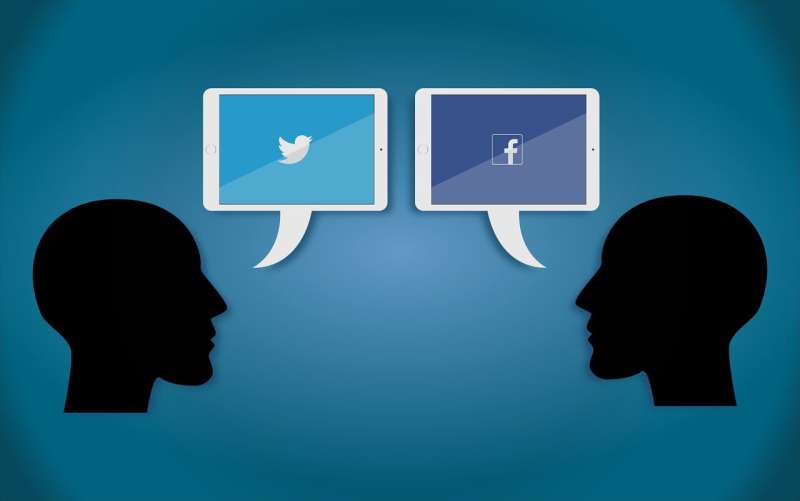US cellphone data uncovers 'hotspots' where COVID-19 social distancing levels are low

U.S. cellphone data analysis finds "hotspots" where COVID-19 social distancing levels are low, as well as revealing how demographics and governmental restrictions interact. Rajesh Narayanan and colleagues at Louisiana State University, Baton Rouge, present these findings in the open-access journal PLOS ONE on September 22.
Maintaining physical distance from others can reduce the spread of COVID-19. People may engage in social distancing voluntarily or because of governmental restrictions, or some combination of the two. Understanding the interplay of these two factors could help inform strategies to reduce disease spread.
To better understand social distancing across geographic areas, Narayanan and colleagues developed a computational model of social distancing behavior across the U.S. The model uses cell phone tracking data to indicate the amount of time spent at home—a proxy for social distancing—in counties throughout the country.
The researchers used this model to explore how stay-at-home behaviors evolved over the first 21 weeks of the spread of COVID-19 in the U.S., from late January to June, 2020. They examined how these behaviors changed in relation to governmental restrictions and demographic factors that could influence social distancing, such as population density, the presence of children in households, education, race, and income.
The analysis suggests that stay-at-home behavior increased by over nine times from late January through late March, and then decreased by about half through mid-June. Demographic factors appear to have driven these changes to a substantially greater degree, suggesting the importance of(either due to voluntary distancing or to differential compliance with mandated distancing). Importantly, there was also a tendency for behaviors to cluster, creating hotspots of counties with low social distancing.
One implication of these findings is that encouraging voluntary distancing could potentially be an effective and lower-cost alternative to governmental restrictions. Such encouragement could boost acceptance of restrictions and thus increased compliance with distancing rules, resulting in an even greater degree of distancing.
Professor Naryanan adds: "Cell phone location and mobility data reveal that social distancing in the U.S. during the COVID-19 pandemic was initially voluntary rather than a response to governmental jurisdictional restrictions. As the pandemic progressed, both effects reinforced each other, increasing social distancing far more than what could be explained by the sum of the individual effects." -
More information: Narayanan RP, Nordlund J, Pace RK, Ratnadiwakara D (2020) Demographic, jurisdictional, and spatial effects on social distancing in the United States during the COVID-19 pandemic. PLoS ONE 15(9): e0239572. doi.org/10.1371/journal.pone.0239572
Journal information: PLoS ONE
Provided by Public Library of Science




















